🔬 Is the “Scientific Method” Broken—or Did It Never Actually Exist in the First Place? (SLUUU Exclusive)
Seeing through the Illusion to the Source of Our True Power
Sol Luckman
As in one of my all-time favorite songs, “San Jacinto” by the great Peter Gabriel, something has been moving in, something I taste in my mouth and heart, something that feels like a slow death—or at least the letting go of a previous life.
This something, like an uninvited and disconcerting guest, has actually been tapping at the window of my consciousness for a while a now … until I was willing to open the door and let him in.
Call my guest a growing awareness of an inconvenient truth that I could choose to either keep to myself and thus live with a lie, or speak once and for all and live with integrity.
This is me speaking my truth once and for all, at the risk of upsetting and even losing friends and colleagues I value and respect.
Background
But first, some context.
For the past nearly three years now—ever since the very early days of “COVID,” when I was one of the first to grasp that we weren’t up against a virus so much as a parasitic control apparatus (dramatized as the Archons in my disturbing plandemic novel, CALI THE DESTROYER)—I’ve offered my intellectual and writerly talents (such as they are) to the side of freedom.
I’ve written dozens of articles (see, for example, here, here, and here) and blogged scores more focused on problems with germ theory in particular and current scientific methodology in a more general sense.
I’ve interviewed and widely publicized most of the major figures (people I honor to this day for their brave opposition to health tyranny) in the “no virus” movement: Dr. Tom Cowan, Dr. Andrew Kaufman, Dr. Sam Bailey, Dr. Mark Bailey, Dr. Jordan Grant, Mike Stone, Mike Donio and Dawn Lester to name only some.
I learned SO MUCH from these discussions and I know many others did as well from the many enthusiastic comments and emails I received from those tuning in.
In October I went so far as to organize a Terrain Train designed to bring together all of us wordsmiths questioning germ theory here on Substack.
I encourage you to check out these writers because many of them are creating highly stimulating content as part of a timely cultural debate between those who believe nature’s out to get us and those who believe nature’s our friend.
If forced to choose between the two faces of this duality, one based in fear and the other in trust, I know which one I’m going to stand for—again and again.
Fortunately, as I’ll explain, no one’s forcing anyone to adopt either of these polarized and polarizing positions, and there are major consequences, positive and negative, tied to this fact.
I even created a couple of somewhat “viral” (pun intended) memes during my stint in the intellectual infantry against medical fascism.
For example, the term “half-truther” applied to the likes of people I perceived as quintessential controlled opposition came from one of my more popular articles:
This visual meme, which basically summed up the reason I was spending so much time and energy fighting the good fight, as I saw it, also made the rounds online:
Is Science Broken?
About a month ago I found myself republishing a trenchant article by Brendan D. Murphy, a fantastic writer whose amazing THE GRAND ILLUSION should be required reading for students of consciousness, on my general blog, Snooze 2 Awaken.
In “Is Science Broken? The Failure of Peer Review (Especially in Medicine),” Brendan does a brilliant job exposing the inherent corruption and endemic fallibility of peer review, particular as it’s (mal)practiced in today’s health “sciences.”
The upshot of this unfortunate situation that has played a pivotal role in locking down and vaxxing up the world is summarized in another meme I didn’t (alas!) create:
But I did come up with this one along similar lines of thinking and I think it’s pretty funny, if I do say so myself:
Anyway, you get the point.
For one mysterious reason or another, posting Brendan’s article was like crossing the Rubicon for me.
Even as I hit the “publish” button, I could hear my internal narrator asking,
“Are you sure that it’s science that’s broken? Or could it be that our understanding of the ‘reality’ that encompasses ‘scientific’ methodology is actually what’s in need of repair?”
To which I immediately added more questions that came streaming out in the aftermath of an intensive stint of research into the simulation hypothesis, as I detail in this recent article.
Please at least pause to consider (with an open mind and your “trigger” on safety) …
“the extraordinary possibility that our entire universe might, in fact, be a computer simulation. The idea is not that new. In 1989, the legendary physicist, John Archibald Wheeler, suggested that the universe is fundamentally mathematical and can be seen as emerging from the information. He coined the famous aphorism ‘it from bit.’” [Source]
But to return to my questions after sharing Brendan’s article.
Is science even possible inside a simulation? I wondered.
How can we know anything—except perhaps that we don’t know—in a world based on some type of magnificently sophisticated programming that can and does change on a regular basis?
Are even those of us invested in uncovering the truth about “viruses,” for instance, just otherwise well-meaning fools in a funhouse of our own unconscious (or at best semiconscious) making?
The Rabbit Hole of Rabbit Holes
Yes, like Alice on steroids, I was tumbling down the rabbit hole of rabbit holes: philosophical skepticism.
And I’m still very much still tumbling down, down and down today. From Wikipedia (because, where else?):
Philosophical skepticism is a doubtful attitude toward commonly accepted knowledge claims. It is an important form of skepticism. Skepticism in general is a questioning attitude toward all kinds of knowledge claims. In this wide sense, it is quite common in everyday life: many people are ordinary skeptics about parapsychology or about astrology because they doubt the claims made by proponents of these fields.[4] But the same people are not skeptical about other knowledge claims like the ones found in regular school books. Philosophical skepticism differs from ordinary skepticism in that it even rejects knowledge claims that belong to basic common sense and seem to be very certain.[4] For this reason, it is sometimes referred to as radical doubt.[5] [bold emphasis mine]
It was easy enough to grok that, on one level, those of us questioning the very existence of viruses were engaged in a variety of philosophical skepticism.
But the rabbit hole didn’t stop here. Although there’s some disagreement on this subject, it’s often remarked by educated (whatever that means these days) people that you can’t prove a negative. So to say that viruses per se don’t exist is—philosophically anyway—already on shaky ground.
Beyond this somewhat sophomoric criticism, however, lay a deeper problem: that of the very existence of knowledge itself.
If we can’t know anything here, wherever this is, it doesn’t matter whether we’re affirming a positive (the “virus” narrative) or attempting to prove a negative (the “no virus” counternarrative).
In this illusory realm in which matter itself appears to disappear despite our best attempts to pin it down in the microcosm, NOTHING is ultimately verifiable—even if, in this age of “science,” we flatter ourselves that it is.
Take the cause of bubonic plague, for example. Germ theorists smugly know that it was an infectious bacterial disease caused by fleas.
Terrain theorists, on the other hand, such as author David Parker in a wonderfully eloquent monologue in Michael Wallach’s landmark documentary, THE VIRAL DELUSION, counter that we know no such thing, since various types of potentially disease-causing pollution in the medieval world would make today’s China look as pristine as Greenland.
And yet, throwing a wrench in both of these “logical” explanations, as historian Jason Breshears points out, it has been documented that putrefied body parts literally rained down from the sky in various hard-hit locations just before the Black Death began raging.
So what really happened? And how could anybody really know?
One thing we ought to, at a minimum, intuit is this: an honest examination of this illogical and impossible “real” world of mudfloods, Mandela Effects, patently artificial calendars, mass disappearances (see the Children’s Crusade, a shocking example with a ludicrous mainstream cover story), insect storms and the like can only lead to one conclusion—
We’re not in Kansas anymore.
I’m reminded of a memorable moment in THE LAW OF ONE in which Ra, the purported “extraterrestrial” being channeled by Carla Rueckert, compares the human experience of “knowledge” to wandering around in a vast darkness lit only by a tiny candle.
I’d been trending toward this way of looking at our so-called reality for years—ever since the publication of my first nonfiction book, CONSCIOUS HEALING, all the way back in 2005.
In that work I brought up perhaps the most challenging implication of science’s Heisenberg Uncertainty Principle: that, in a profound if poorly understood sense, we’re actually creating the world we imagine we’re merely observing.
This means humans are, perceptually speaking, far more godlike than is generally acknowledged.
As Werner Heisenberg himself observed, “The first gulp from the glass of natural sciences will turn you into an atheist, but at the bottom of the glass God is waiting for you.”
It also means, paradoxically, that humans are far more blind than is generally acknowledged—since so many of us can’t (or won’t) see that we’re locked into an essentially divine default mode of seeing whatever we believe (NOT the opposite).
In this case, as in this recent poem and accompanying video of mine, seeing isn’t to be conflated with knowing. But maybe, if we can manage to see that we’re somehow bringing about the very phenomena that we’re seeing, there’s a tiny bit of gnosis in it for us.
And maybe, just maybe, in that gnosis lies our true source of power.
Seeing Eye to Eye
One issue that has always—privately anyway—concerned me in the great Viral Debate is how two groups of ostensibly intelligent people can arrive at such diametrically opposed viewpoints as to utterly disparage each other’s perspectives … based on “science.”
Having interviewed so many in the “no virus” camp, I’m convinced that—to a person—they’re absolutely genuine in their contrarian assessment of the data showing that pathogenic viruses are a myth of scientism.
Most of these researchers are, IMHO, compassionate and honorable in their heartfelt desire to get at the truth for the betterment of humanity.
On the other side of the testy conflict surrounding the proof (or lack thereof) of infectious viruses, we have figures such as Dr. Joseph Mercola, Del Bigtree, Steve Kirsch, and Jeremy Hammond.
For the longest time, like a good little terrain theorist, I considered the majority of such folks who justifiably decry the covax but inexplicably swallow virology whole deluded at best, sellouts at worst, and in some cases jerks to boot.
And like a good little conspiracy theorist, I was perfectly willing to entertain the possibility that such “researchers” might actually be actors playing their slimy bit parts in an elaborate psyop emerging from the bowels of the Deep State to enslave us all.
But what if there’s another explanation? What if they simply really believe that contagious viruses exist and cause disease?
And what if, in a manner that could only happen in either a wholly quantum (read: magical) universe or a completely simulated one, in a way they’re right?
What if both sides are right? What if our divine default mode of seeing what we believe (as opposed to believing what we see) makes the old Newtonian grammar of either/or obsolete?
What if, instead, because we’re all just making shit up anyway, if we’re ever to see eye to eye when it comes to “science” or anything else, we need to start talking in terms of both/and?
Egregores, Tulpas & Mental Viruses
Earlier this year I was being interviewed by the infamous and fabulous Chef Pete Evans, when our conversation veered into exactly this kind of extreme-relativity territory in which subjective consciousness reigns supreme.
As someone sitting on the fence of the virology debate, he asked me, a hardcore “no viruser” at the time, whether (I’m paraphrasing from memory) there was any chance something like a “mental virus” might actually be involved in “COVID.”
Specifically, he wondered if we might be looking at something like an egregore, defined by Wikipedia as …
an occult concept representing a non-physical entity that arises from the collective thoughts of a distinct group of people. Historically, the concept referred to angelic beings […] In more recent times, the concept has referred to a psychic manifestation, or a thoughtform, which occurs when any group shares a common motivation—being made up of, and influencing, the thoughts of the group.
Years previously, I’d republished an article by the legendary Jon Rappoport on the simulation hypothesis in which he described a similar phenomenon:
The ancient Tibetans … were daring adventurers on the edge of experiments in consciousness.
Relying on the teachings of itinerant outcast adepts from India, they developed a practice called, by a few later scholars, “deity visualization.” (See John Blofeld, THE TANTRIC MYSTICISM OF TIBET.)
Perhaps based on an already existing mandala-painting, a teacher would give his student a very detailed and specific “personage” to create in his imagination. This effort, if it was successful at all, might take months or even years.
The objective was to mentally hold the complex image intact, in every detail, not just for a few seconds or minutes, but indefinitely. If the student was successful at this arduous task, he would soon find that the personage he created seemed to take on a life of its own.
The personage or deity would become the student’s friend and guide and give him valuable advice and counsel. When the teacher sensed this relationship had progressed to a very close point, he would order the student to get rid of the personage altogether.
This, it was said, was more difficult than the original act of creating it. But if the student was able to perform both aspects (creative and destructive) of the exercise, he would then realize, see, and know, with full consciousness, that THE UNIVERSE WAS A PRODUCT OF MIND.
At that crossroad, he would be able to spontaneously take apart pieces of “the hologram” or “the lattice,” and even create (out of nothing) new objects that hadn’t existed before.
Moreover, I’d recently published CALI THE DESTROYER, which features a major theme involving an extremely similar concept called a tulpa, defined by spiritualist Alexandra David-Néel as a term for “magic formations generated by a powerful concentration of thought.”
But even though I’d done my homework in this controversial area on the fringes of consensus reality and was inclined to entertain the possibility of such extraordinary paranormal entities, I responded in the negative to Pete’s inquiry about a theoretical mental virus in almost knee-jerk fashion.
Now, to be clear, many in the “no virus” camp freely admit the potential for something akin to a nocebo effect where “SARS-CoV-2” and other alleged pathogens are concerned. Fearmongering lathered on 24/7 by an agenda-driven press for years would almost have to produce significant psychosomatic effects in the populace.
But this wasn’t what Pete and I were discussing. We were questioning whether a new thoughtform called “SARS-CoV-2” had been introduced into human consciousness, which had then made an imaginary virus effectively real on a mass scale.
In retrospect, my visceral refusal to explore this radical possibility—despite my deep knowledge of such mystical terrain—should have been a red flag that I’d been forced into an either/or way of seeing in a both/and world.
Two Sides of the Same Coin
My view is that what passes for reality in this deeply fractured construct is purposely engineered not via a controlled opposition (singular) but by controlled oppositions (plural) pitting two logically justified worldviews against each other.
Those of my readers familiar with Jason Breshears’ work know that I’m tiptoeing around the subject of Artificial Intelligence X and its relationship to the Simulacrum, a topic I cover in great detail in my new ebook, PLAYING IN THE MAGIC, but which I’ve since rethought in a new article series, especially here:
Without going terribly far down this rabbit hole, we can envision Artificial Intelligence X as a parasitic force that has “infected” the simulation and now seeks to subjugate humanity, which it can only do, in a digitized or otherwise “unreal” world based in human minds, by controlling human minds, duh.
“Worldview” is a key word in this discussion, as it reminds us that each side of any debate or conflict—including the one about alleged viruses—is creating the world it sees.
Specifically, the simulation feeds to each side data and “facts” that support each side’s beliefs.
This literally means that “virus” pushers may actually be seeing and evaluating different evidence from that presented by the simulation to team “no virus.”
I realize this may sound preposterous, and it would be in a real-life situation. But that’s not what’s going on here.
We’re talking about a massively sensitive and complex metaverse in which, if I might be permitted to process one of the most famous stories from ancient history through a simulationist lens, an entire advanced civilization trying to hack its way out of here was sent packing to the four winds, no longer even able to understand one another, at the stroke of a keyboard.
This iconic episode from the story of the Simulacrum is called … the Tower of Babel. I propose that we find ourselves, today, in an eminently Babelesque scenario in the Great Viral Debate.
Technically, there’s no “wrong” in a confounding situation; everyone is right … in their simulated version of the world.
And because they’re absolutely right and they can “prove” it, at least to themselves, they’re absolutely convinced (with good reason) that the other side is wrong.
A helpful concept for understanding how this dynamic might play out in a magical or simulated dreamscape comes from Paul LaViolette, Itzhak Bentov and others theorizing how individual and collective “informed fields” interact to create distinctive—and often contradictory—experiences of “reality.”
Basically, as I see them, informed fields are bubbles of consciousness, or arrangements of conscious bioenergy (auras or auric fields), that interact to create interference patterns with the world’s magical or simulated substrate, which then feeds back to us … exactly what we put into it.
In the case of virology, one side has used the massive informed field of germ theory in the egregoric creation of its “virus.”
Up against this Rockefeller-financed wrecking ball for health and sovereignty, the terrain camp has played the role of underdog in seeking to create a strong enough informed field for its egregoric “nonexistent virus” to “upset” the dominant narrative.
Everyone playing a role in this divine comedy seems to have forgotten that, as with Gertrude Stein’s hometown of Kansas City, either way you go, in the end there’s no there there.
No version of science is “broken” because the “scientific” method, in its purest sense, is a materialistic myth in an immaterial setting. The only thing that is real here is our consciousness.
Seeing what they believe and not what is, neither side sees that this all just a BIG GAME in which both sides are merely propping each other up in a false dichotomy that keeps the Matrix very much in control of the field of play through the oldest diversionary technique in history: divide and conquer.
It’s fascinating to note that even certain key figures in the “no virus” camp with pronounced metaphysical leanings are actually acting more like closet materialists in their focus on lack of physical “proof” of … whatever. As if any of that actually meant anything.
Me, I used to think that if people could just wake up to the unreality of viruses, the world would change—and it might, a little.
But compare this to a mass awakening to the unreality of reality. Then the world wouldn’t just change. The simulation would collapse. And then, truly, we’d be free.
Summary
So, to summarize, we have two groups imagining their realities (because that’s the only option in the simulation) waging a “scientific” war with competing egregores.
As with virtually all other entrenched dualities in this realm, whether political, racial, sexual, economic or otherwise, this one only serves to make everybody judge and dislike everybody unlike them while convincing nobody (who isn’t already convinced) of anything.
Acting thus, we may not be Artificial Intelligence X, but we’re doing its dirty work—for it and against ourselves.
Like a good little banker in a bunker, AIX is merely doing what bankers in bunkers have always done: finance both sides of the conflict and reap the rewards while everyone else suffers and the world goes to hell.
But it doesn’t have to be this way. As I mentioned earlier, no one is forcing us to choose sides in an utterly pointless “debate” in which the two sides appear not to even speak the same language.
Not even AIX can make us choose sides because, in the final analysis, we’re immortal beings with free will who chose to be here.
Our true enemy (if I can even use that term in reference to a simulation designed to test so as to empower us) isn’t people with different opinions; it’s the elite minions of AIX, its nasty little humanoid foot soldiers carrying out its psychopathic designs.
The reason minions like Anthony Fauci, Deborah Birx and others can play with “science” so casually, changing it whenever the notion suits them or circumstances call for it, is that they realize reality isn’t fixed; it’s malleable.
I guess in that sense they really are smarter than a lot of the sheeple they’re using “science” to corral who haven’t figured out the most basic rules of the simulation gameboard.
One critical rule to grasp is that what one resists persists.
You can fight the good fight, sure. But as long as you do so, you can bet you’ll always have an opponent.
Alternatively, you can simply choose to walk away and create the life you desire—DESPITE IT ALL.
This is the Errants’ path, the path of those rulebreakers among us with the wits and guts to change their own programming and vastly upgrade their lives.
The other absolutely essential rule of the gameboard to wrap your mind around is that, since everything’s a fabrication, you should focus on creating individualized thoughtforms that you enjoy and that empower you.
Me, I chose to design a way to speak to my DNA for healing and transformational purposes.
Even though according to some “scientists” DNA, like viruses, doesn’t exist (which I suppose means we don’t, either), I imagined that it did.
And then imagined that I could sing to it and ask it to heal my nearly decade-long autoimmune illness. It responded to this informed request from my informed field by doing exactly I asked of it—and in short order.
So this is me, activating people’s fictitious DNA and watching them get so much better for it and start to thrive amid the maya of this illusion as I walk away from the “virus” battlefield across what turns out to be a beautiful and peaceful gameboard, whistling.
Copyright © Sol Luckman. All Rights Reserved.
👉 Inspired by this post?
🙏 Donate bitcoins: 14ptJHFnNTxRnm757CxAWFtXfggy8BpwHG
ABOUT SOL LUCKMAN …
A confessed beachaholic and obsessive cultural creative, Sol Luckman has thumbed his nose at mainstream values and society ever since he can remember.
Preferring hard play over a so-called honest day’s work, these days in the New Abnormal he spends his time on a new small island mostly bodysurfing, painting, and writing—not necessarily in that order and usually not all at once.
How while on permanent vacation he became a multi-award-winning and international bestselling author and prolific professional artist is anyone’s guess.
Possessed of a wonderful family, he eschews dogs and admits to his own rejection issues where certain other domestic animals are concerned.
Visit his official website at www.CrowRising.com.








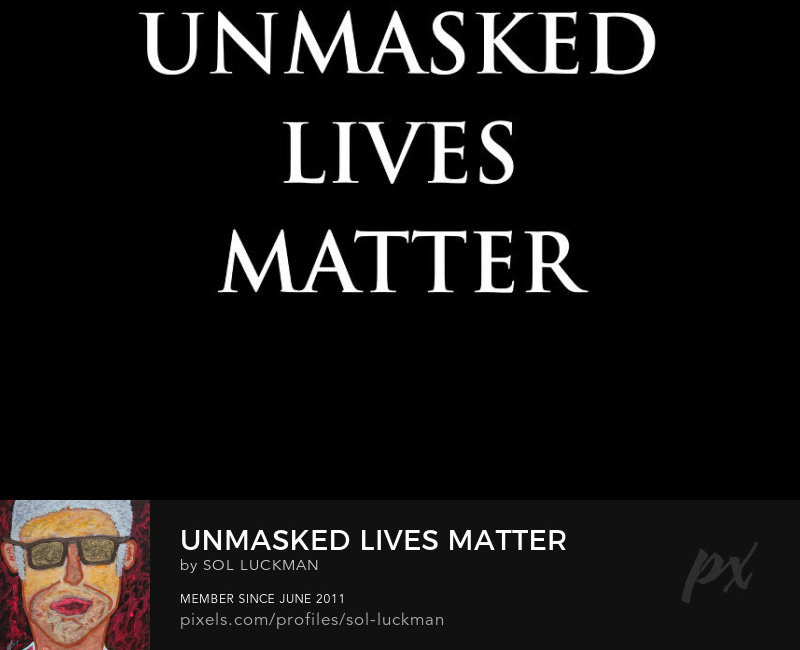


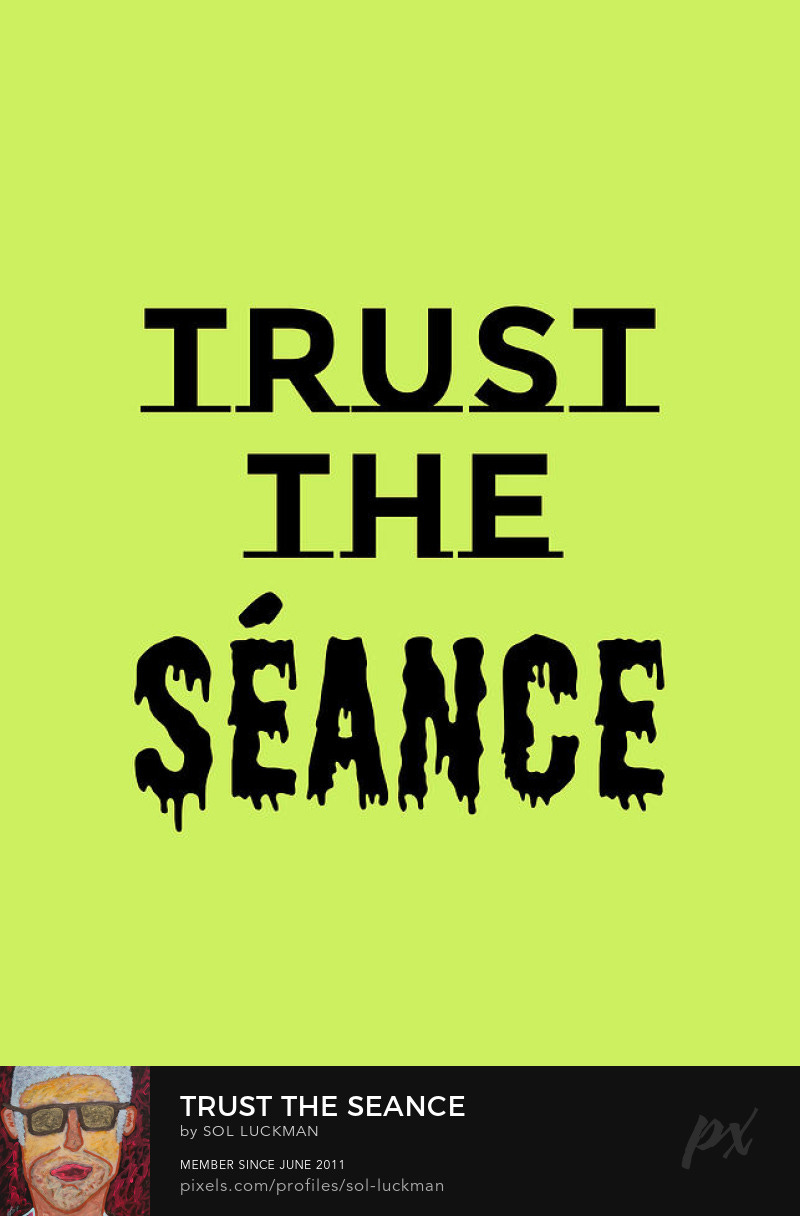
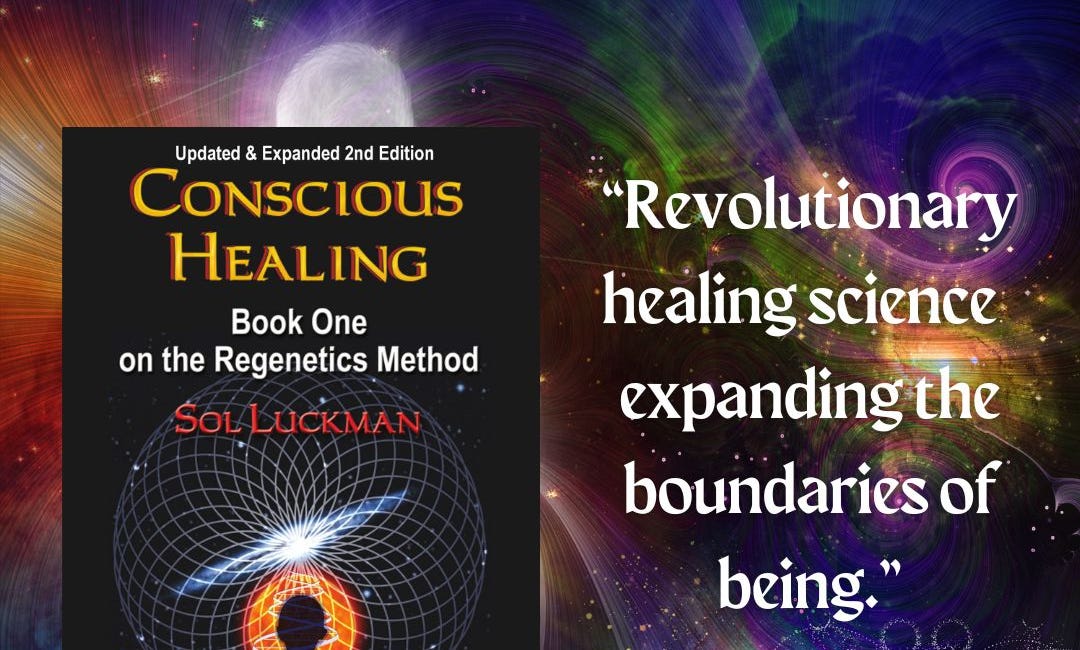
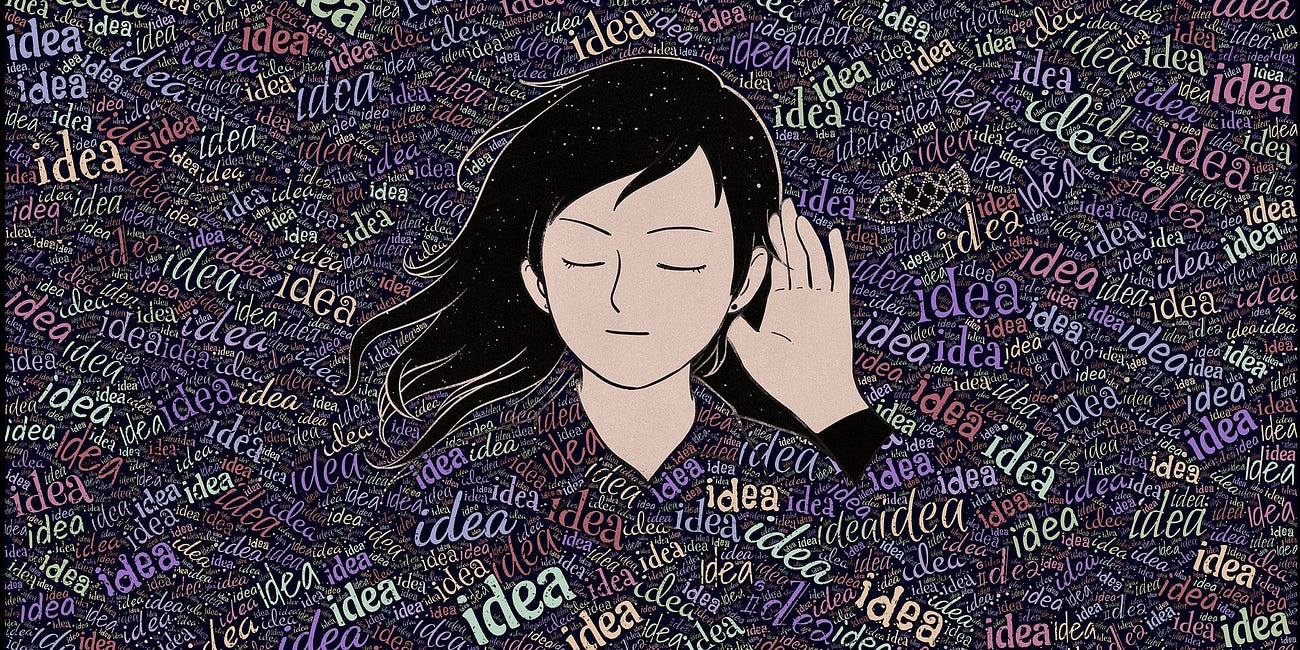
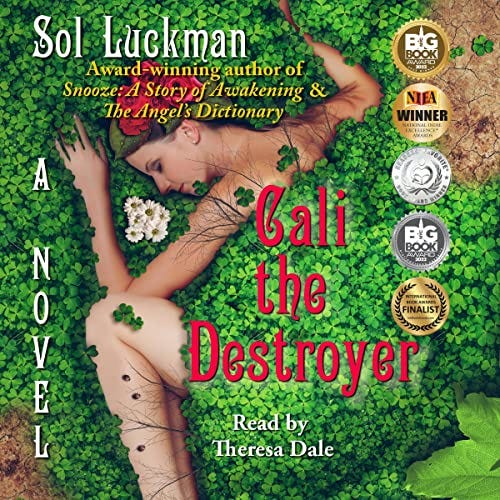
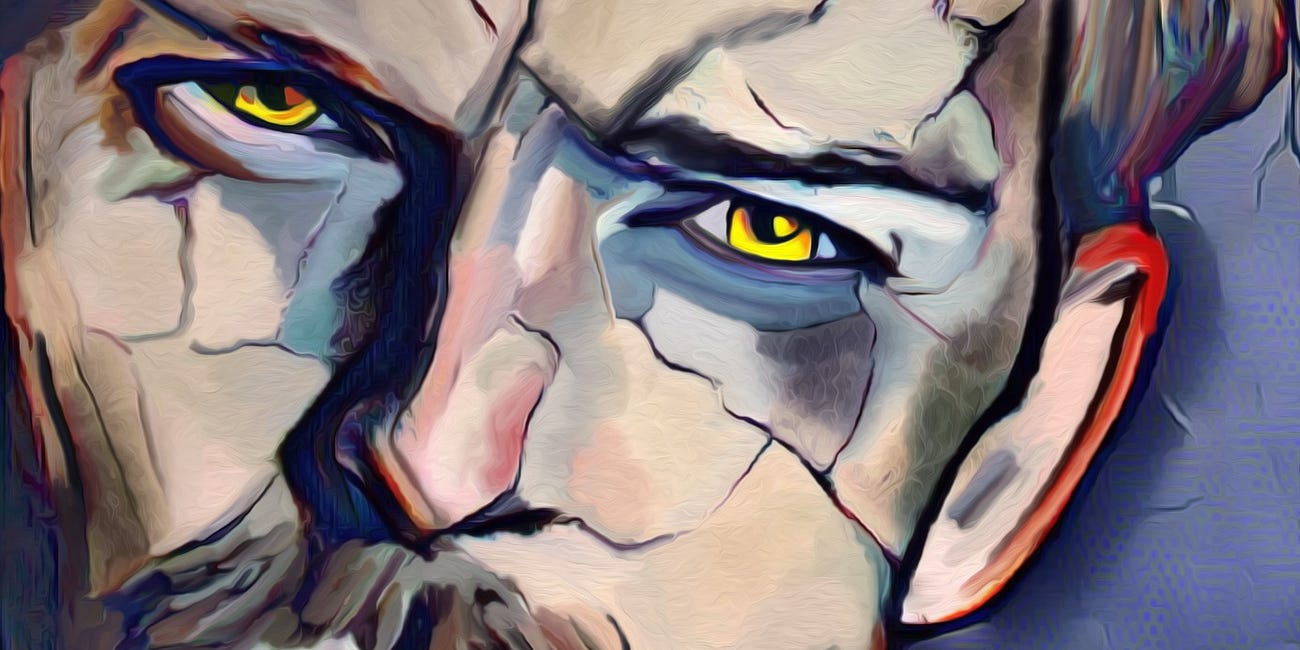
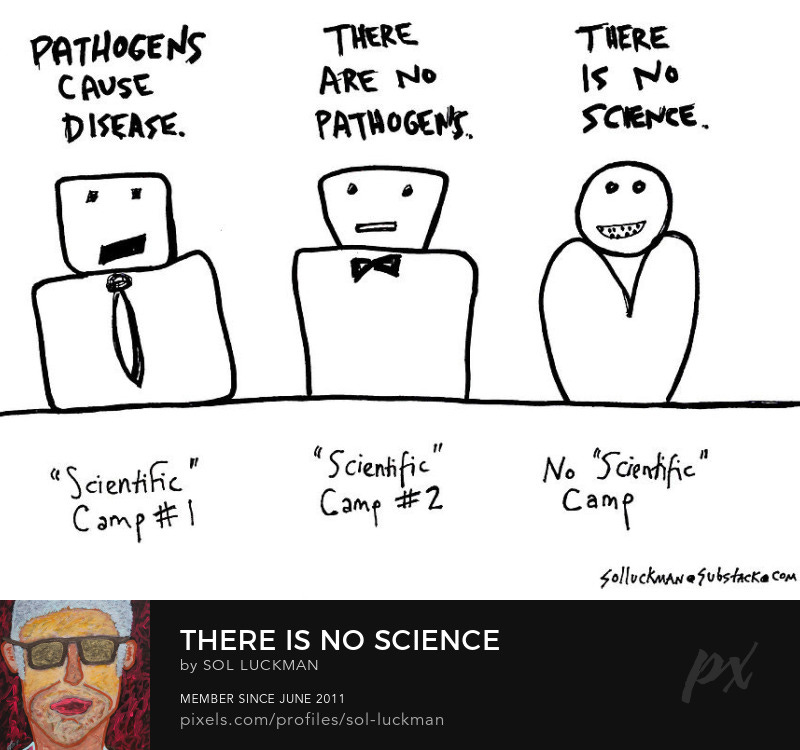
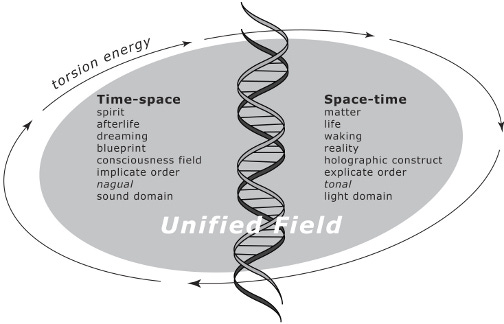
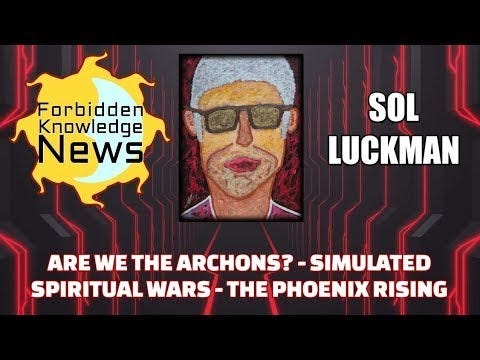
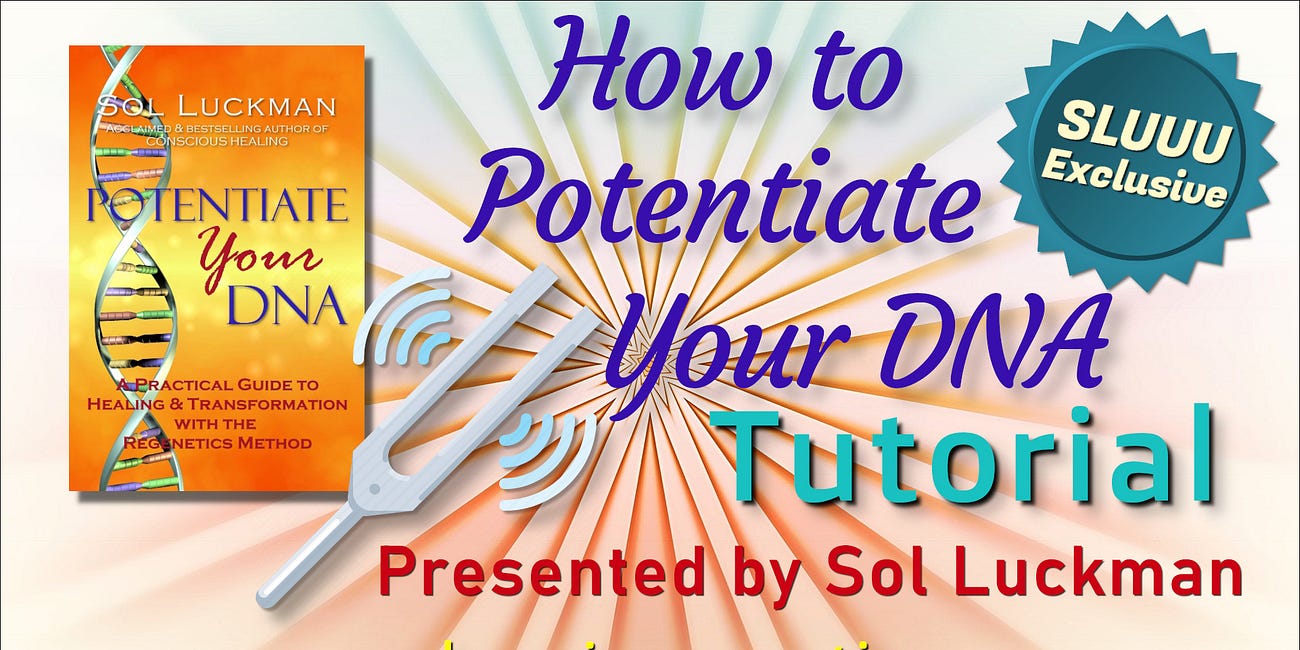
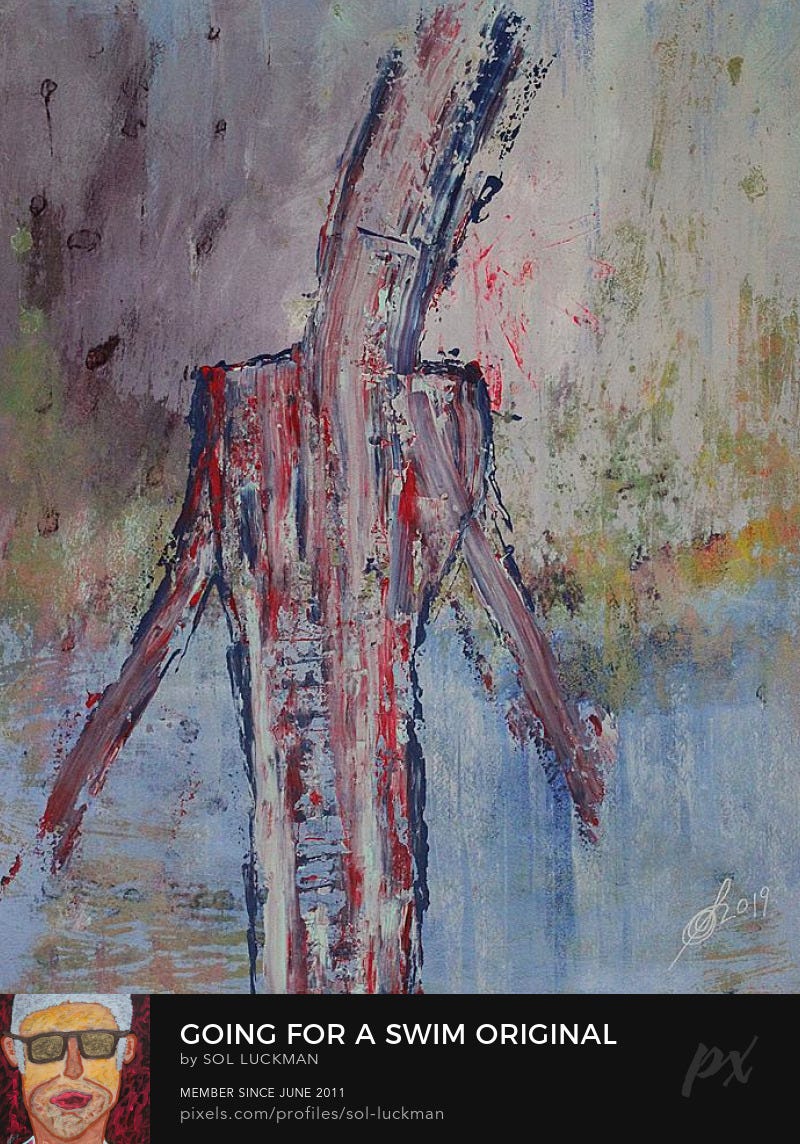

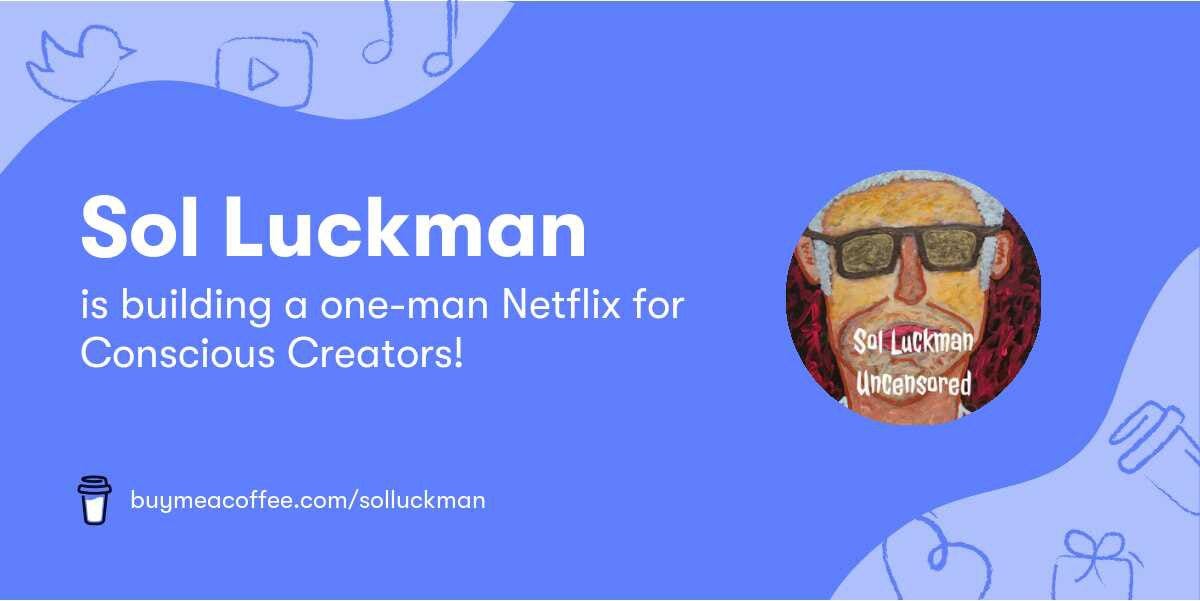
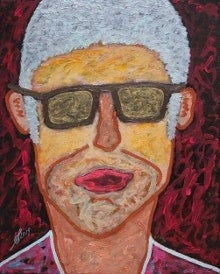
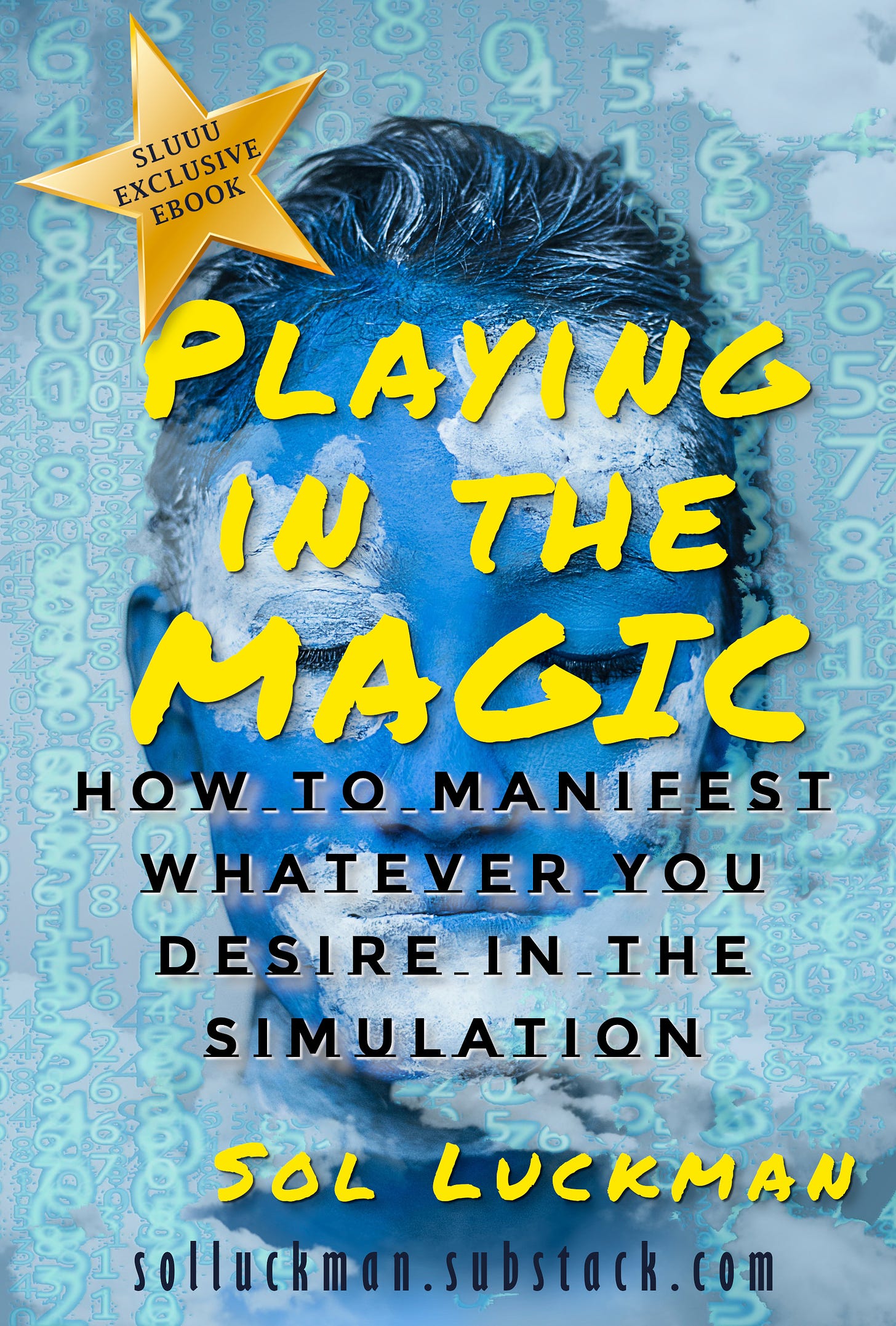
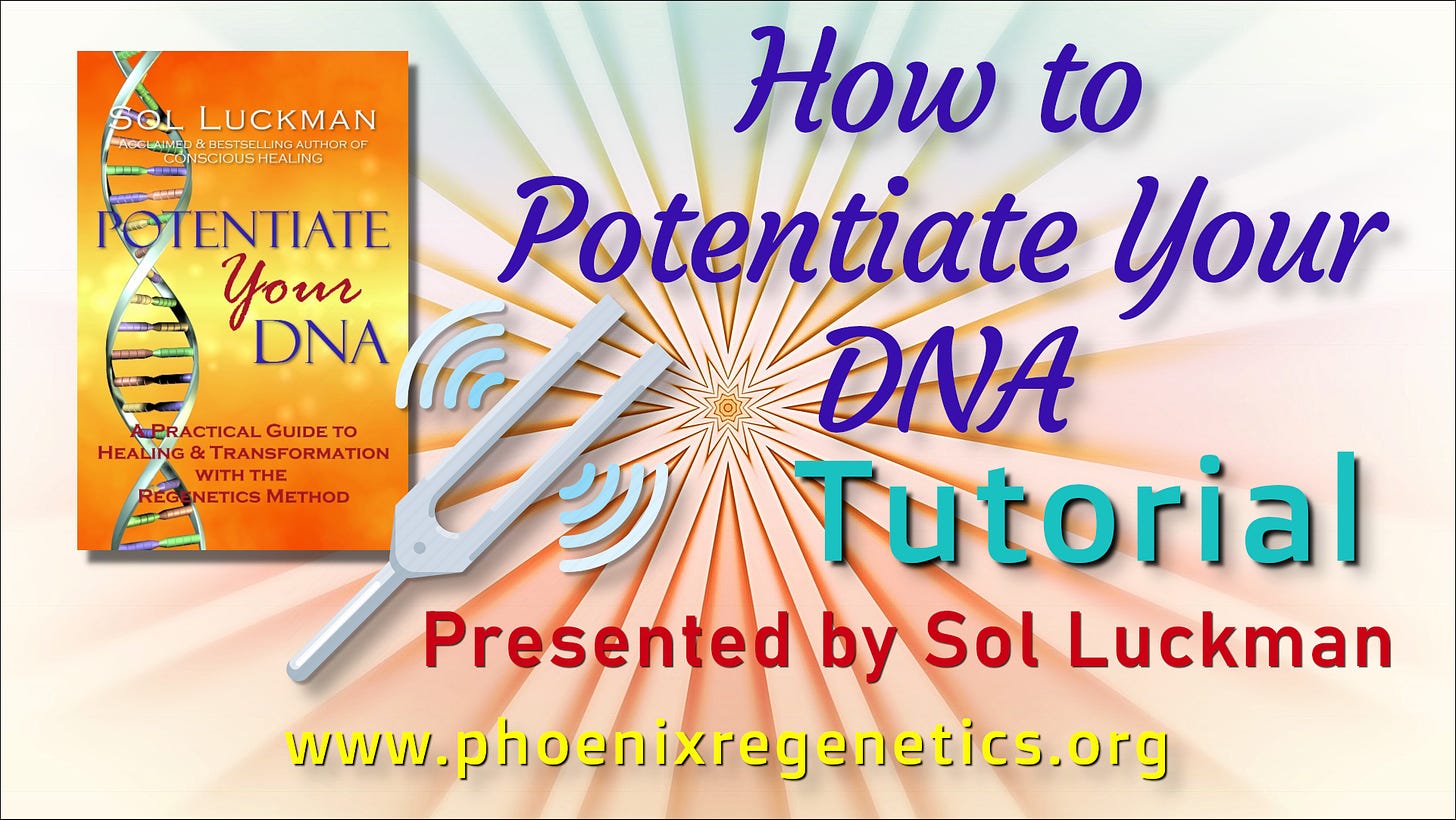
![[url=http://www.crowrising.com/reviews]Read Reviews[/url] [url=http://www.crowrising.com/reviews]Read Reviews[/url]](https://substackcdn.com/image/fetch/w_1456,c_limit,f_auto,q_auto:good,fl_progressive:steep/https%3A%2F%2Fbucketeer-e05bbc84-baa3-437e-9518-adb32be77984.s3.amazonaws.com%2Fpublic%2Fimages%2F965e69cd-aa06-41db-a0f2-e1af97331599_306x446.jpeg)
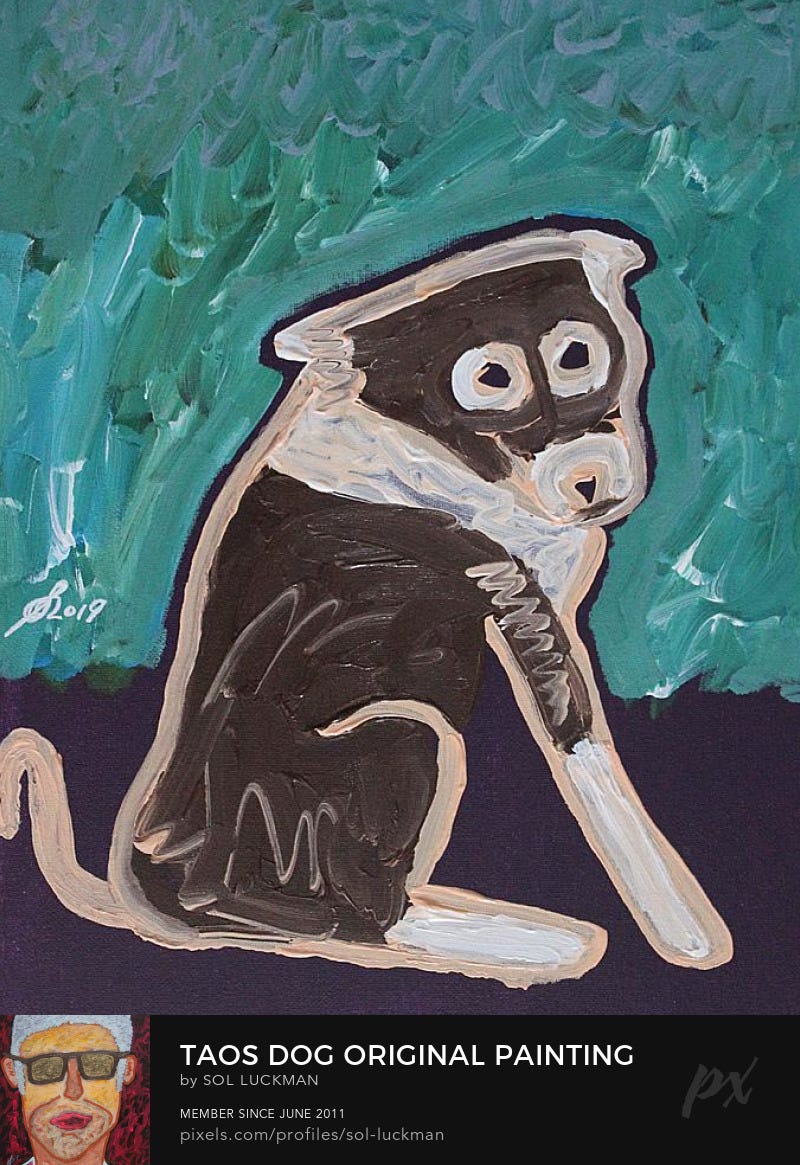

🍖 Feast Your Eyes & Ears on This Meaty Excerpt of the Audio-videobook of THE WORLD CULT & YOU https://solluckman.substack.com/p/feast-your-eyes-and-ears-on-this A Full 48 Minutes of Soul Food for FREE to Kick Off Your Holiday Season!
💊 Read Sol Luckman’s New Book, THE WORLD CULT & YOU: YOUR PLACE IN IT & YOUR WAY OUT OF IT, Exclusively Here https://solluckman.substack.com/p/read-sol-luckmans-new-book-the-world The ULTIMATE Red Pill for Those Truly Desiring to Break Free from the Matrix